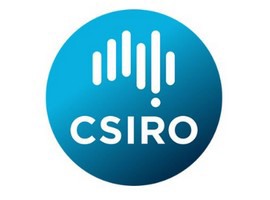"Australia's unique ecosystem allows for a thriving agriculture industry. Fresh agriculture produce poses the single greatest risk to biosecurity with the spread of pest, weed or disease. It's a major barrier for trade and export opportunities.
Fruit and vegetable pack houses rely on visual inspections of a small subsample to adhere to quarantine measures and demonstrate that produce is pest free. Visual inspections are time-consuming and extremely expensive, with any positive detections at the point of arrival resulting in further investigations from authorized third parties. This can lead to supply chain delays; entire consignments being rejected and pack house closure. Furthermore, trade from that area could be suspended until the necessary actions are taken, a process that could potentially take several years to complete.
Our response
To address these challenges, we have developed an automated, non-destructive pest detection solution. Our approach involves combining imaging technology with AI, which resulted in the invention of an optical scanner for automated detection of pest damage in fresh fruit. The optical scanning technology can be implemented in pack houses to streamline the detection process efficiently and in a cost-effective manner.
The results
A prototype has been tested on cherries and blueberries with particular focus on Queensland fruit flies, showing an accuracy rate of greater than 95 percent. With minimal interventions required to integrate into current systems in place, there is potential for this technology to be used across both import and export commodities for a wide range of produce and pests and disease.
The next steps are to undertake trials in pack houses and work with commercial partners to integrate our pest detection systems with the current optical grading technologies employed in pack houses. This will empower the industry to identify and eliminate fruits infested with fruit flies before they arrive at domestic or international markets, ensuring a higher standard of produce quality and safety."
For more information:
Dr Maryam Yazdani
CSIRO
Tel.: +61 1300 363 400
csiro.au
